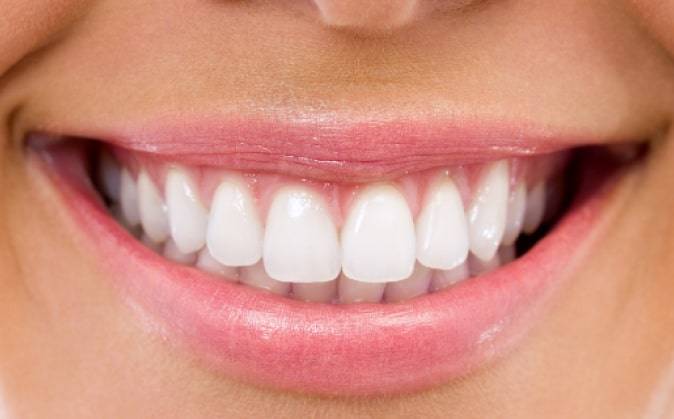Diastema in Children: When to Seek Treatment
A child’s smile is a thing of beauty, radiating innocence and joy. It’s not uncommon for children to have gaps between their front teeth, a condition known as diastema. While this gap can add a charming and endearing quality to a child’s smile, there are instances where parents might consider seeking dental treatment. Understanding when and how to approach the subject of treatment with sensitivity is crucial for parents.
What is Diastema?
Diastema is a gap or space between two teeth, usually referring to the front teeth. This condition is quite common in children and adults and can be attributed to various factors, including genetics, missing teeth, and habits like thumb-sucking or prolonged use of pacifiers.
When to Seek Treatment:
- Functional Problems: The first factor to consider is whether the diastema causes any functional issues. If your child struggles with chewing or speaking, the gap may be a contributing factor. Consult with a dentist to assess if the diastema is affecting your child’s oral function.
- Dental Health: A diastema can sometimes make it difficult to clean the teeth properly, leading to oral health concerns. Food particles and plaque can accumulate in the gap, potentially causing cavities or gum problems. Regular dental check-ups will help you monitor your child’s oral health and address any concerns.
- Self-esteem and Social Factors: While a diastema can be endearing, it might also lead to self-esteem issues as children grow older. Kids can be sensitive about their appearance, and if the gap causes social discomfort or self-consciousness, it’s worth discussing the possibility of treatment.
- Duration and Development: Sometimes, diastema can close naturally as a child’s permanent teeth come in. However, if the gap remains as the adult teeth emerge, it may be time to consider treatment. Your dentist can advise on the appropriate timing.
Approaching the Subject with Sensitivity:
- Open Communication: Start by having an open and honest conversation with your child. Explain the dental condition and the potential benefits of treatment. Emphasize that it’s about their well-being and not about changing who they are.
- Consult a Dentist: Schedule an appointment with a pediatric dentist who specializes in treating children. They are trained to address these issues with care and sensitivity. Your child’s comfort and understanding are paramount.
- Treatment Options: Discuss the available treatment options with the dentist. These may include orthodontic treatments like braces, dental bonding, or veneers. The dentist will recommend the most suitable solution based on the child’s age and the severity of the diastema.
- Support and Encouragement: Reassure your child that they are beautiful just the way they are. Be supportive throughout the treatment process and remind them that the goal is to ensure a healthy smile and self-confidence.
- Respect Their Decision: Depending on their age and the severity of the diastema, it’s important to respect your child’s decision. If they are not comfortable with treatment, it’s essential to acknowledge their feelings and revisit the topic at a later time.
In the end, the decision to seek treatment for diastema in children should be a collaborative one, involving the child, parents, and the dentist. It’s vital to strike a balance between addressing any potential issues related to the gap and ensuring that your child feels loved and supported throughout the process. A beautiful, healthy smile is not just about appearance but also about confidence and well-being.










